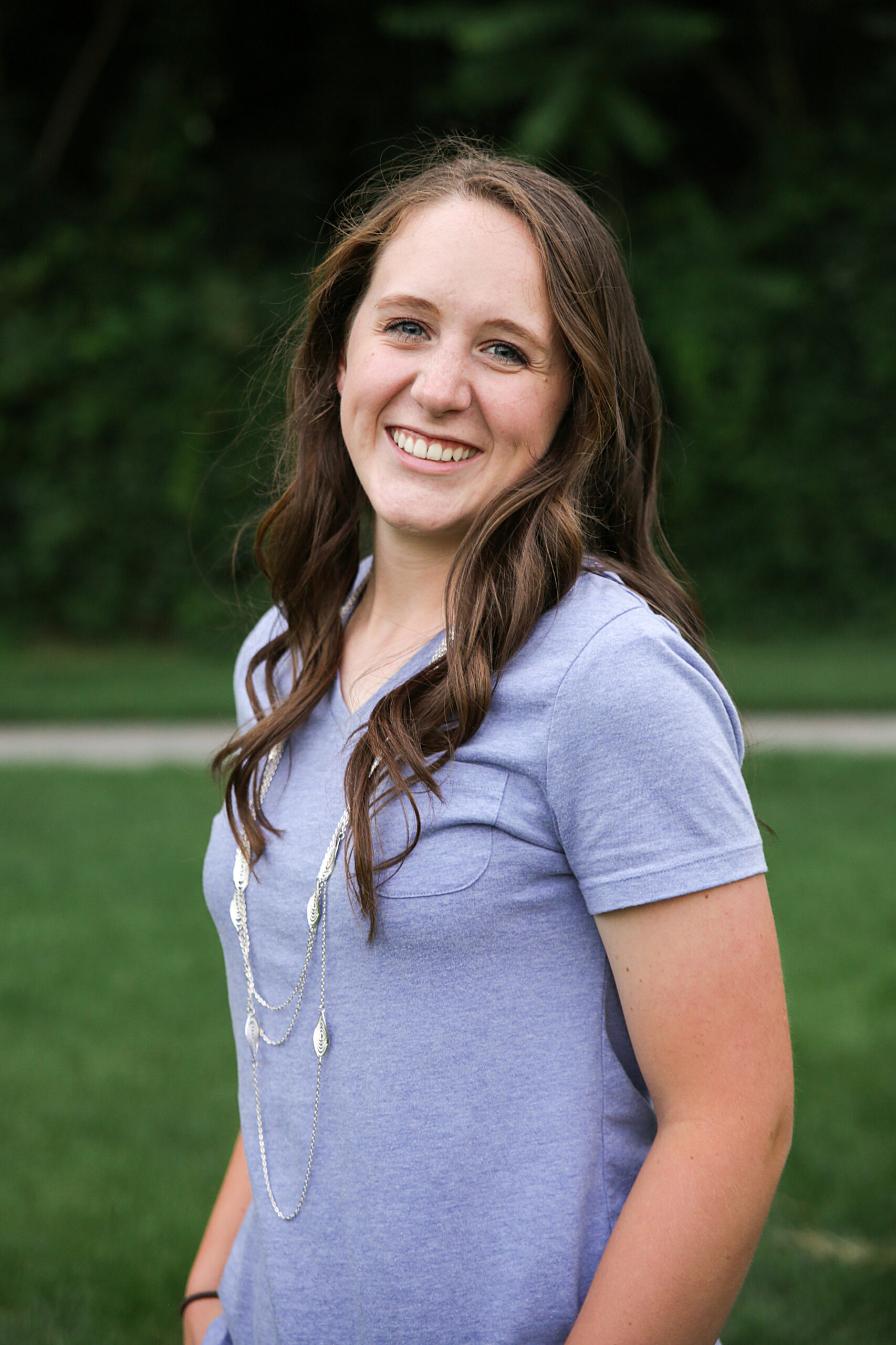Ryan Crossette started playing the piano at age five on a beat-up piano in the backwoods of Missouri. Now he composes hymn arrangements by ear, and he wants to help people make connections with music. One way to make that connection is through sharing music with others. Ryan’s opportunities range from posting on his Instagram, to recording albums, to playing musical numbers in sacrament meetings. Playing in church can be daunting. Ryan shared these tips to help first-timers bring the Spirit to their sacrament meeting musical numbers.
Tip 1: Know the Hymns Well
One tip Ryan shared was to know the hymns well. He said, “If you haven’t practiced hymns, you won’t be writing hymn arrangements anytime soon.” Similarly, you won’t likely be sharing hymn-based musical numbers in sacrament meetings either.
Hymn arrangements come easily to Ryan because he knows them well and has internalized them. He understands how he wants the chords and melodies of each arrangement to sound. He’ll even replicate drums and rhythms in his arrangements. As he practices, he asks questions such as: How would I want the congregation to sing it? How do I feel? What do I feel? These same questions are on his mind as he plays musical numbers in sacrament meeting.
Tip 2: Prepare with the Spirit
A second tip Ryan shared is to have experiences with the Spirit. To bring the Spirit to a musical number so others may feel it, you must first bring it to your practice sessions.
For Ryan, environment is key. He practices in a spiritual rather than a functional environment. One of the first things he does when practicing is to look for inspiration. It could be something about the hymn that moves him or something he connects with emotionally. These often come in church, general conference, solos, hymns, or testimonies. He reflects on what inspired him and tries to incorporate that (be it the words, melody, or a combination) into how he arranges hymns.
Tip 3: Pray Beforehand
Not only does Ryan know that music can touch people, but he also knows that he needs help to do so, and he prays for this help before taking the stand. He feels that hymns are sacred, similar to the scriptures. He recommends looking at them in a selfless way, saying it is important to “do it for someone else. Otherwise, the Spirit won’t be there.” He understands that in the end, it isn’t about him—it’s about helping someone to feel the Spirit that day. Sometimes the hymn turns out completely different than what he prepared, but he’s comfortable with that because it means people were touched.
Tip 4: Have Courage and Take Your Shot
As I interviewed Ryan for this article, he referenced two well-known movies. The first was We Bought a Zoo. In the movie, Benjamin tells his son Dylan, “Sometimes all you need is 20 seconds of insane courage.” Ryan said when it comes down to it, you need just enough courage to get yourself seated at the piano in front of the congregation. As humans, we often make up excuses—we aren’t as good as someone else, we don’t have the time to practice, etc. But he says, “Do your thing, go be you, and you’ll get better at being you.”
The second movie was Tooth Fairy. In a conversation between two characters, Derek says to Randy, “You’re not gonna find out if you quit. You can’t score if you don’t take the shot.” Ryan said it’s best to get out of the mindset that someone is better than you.
Tip 5: Bear Your Testimony
Musical numbers can be as impressionable for the listeners as it is for the musicians. Ryan’s testimony, which is compiled of moments when hymns have touched him, helps him bring the Spirit to the meeting as he bears it through song.
Ryan says it’s important for him to bear testimony through music so he can be forgiven of his sins. He shared Doctrine & Covenants 62:3: “Nevertheless, ye are blessed, for the testimony which ye have borne is recorded in heaven for the angels to look upon; and they rejoice over you, and your sins are forgiven you.”
At times, Ryan feels God saying to him, “Just go bear your testimony, and I’ll take care of the rest.” And sometimes, the testimony comes out just right.
Let God’s Love Motivate You
Ryan said that he often feels inadequate and flawed, but when he plays and shares his testimony, he feels renewed and baptized—like he has a clean slate. He feels the Spirit and feels God appreciates him for sharing his talent. Playing and internalizing music brings him closer to the truth of the gospel and the importance of the gospel message than anything else.
You can find Ryan’s music on Spotify, Apple Music, Amazon Music, and Pandora.











